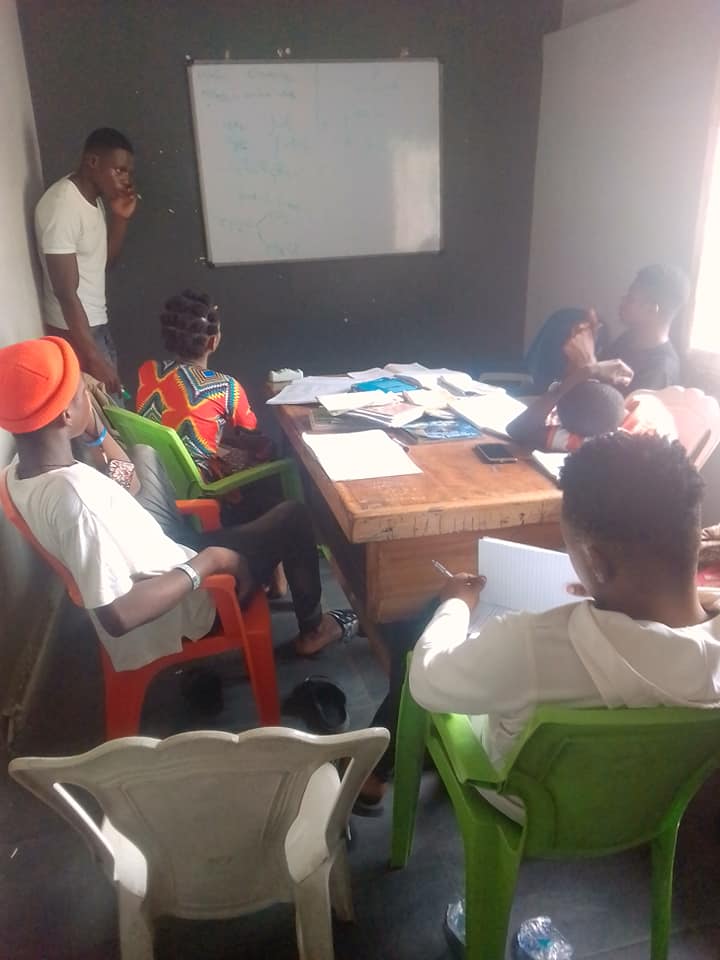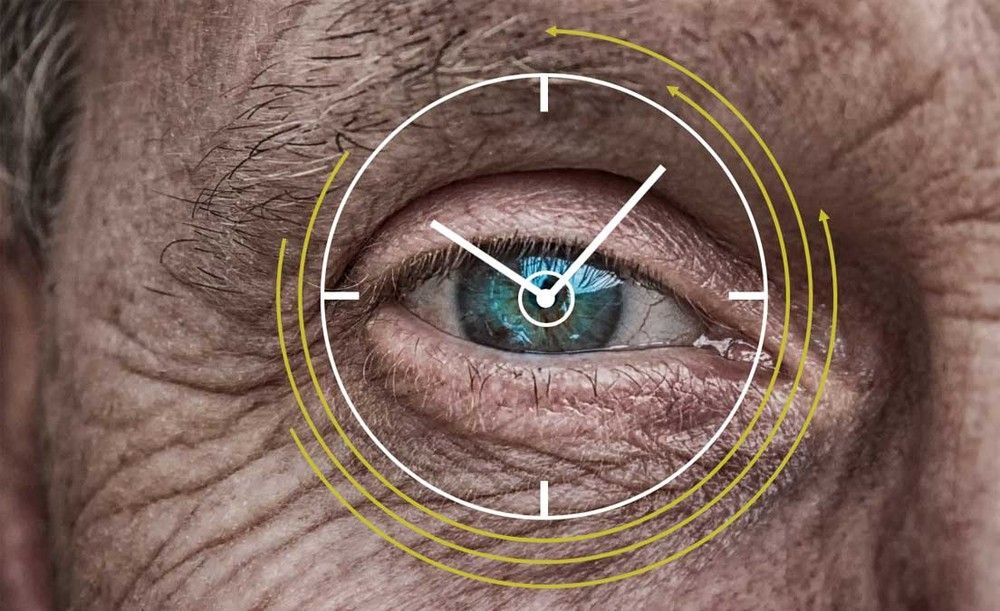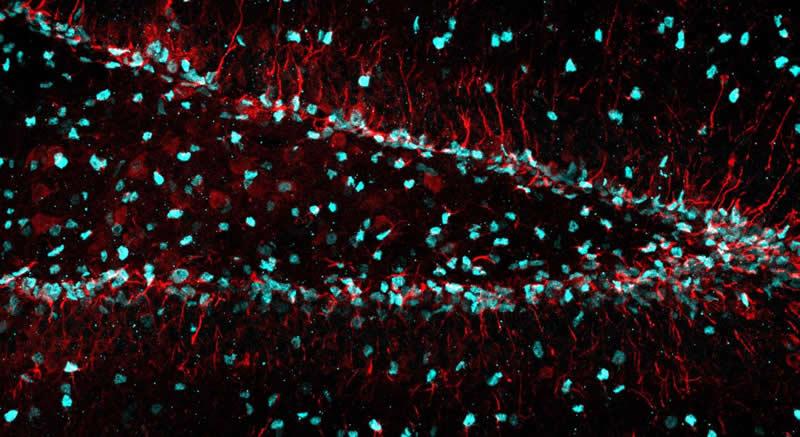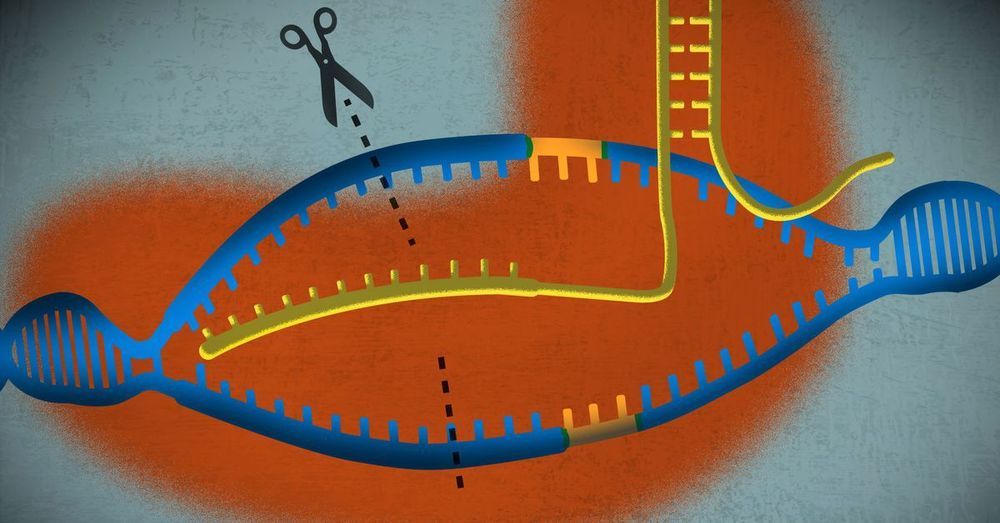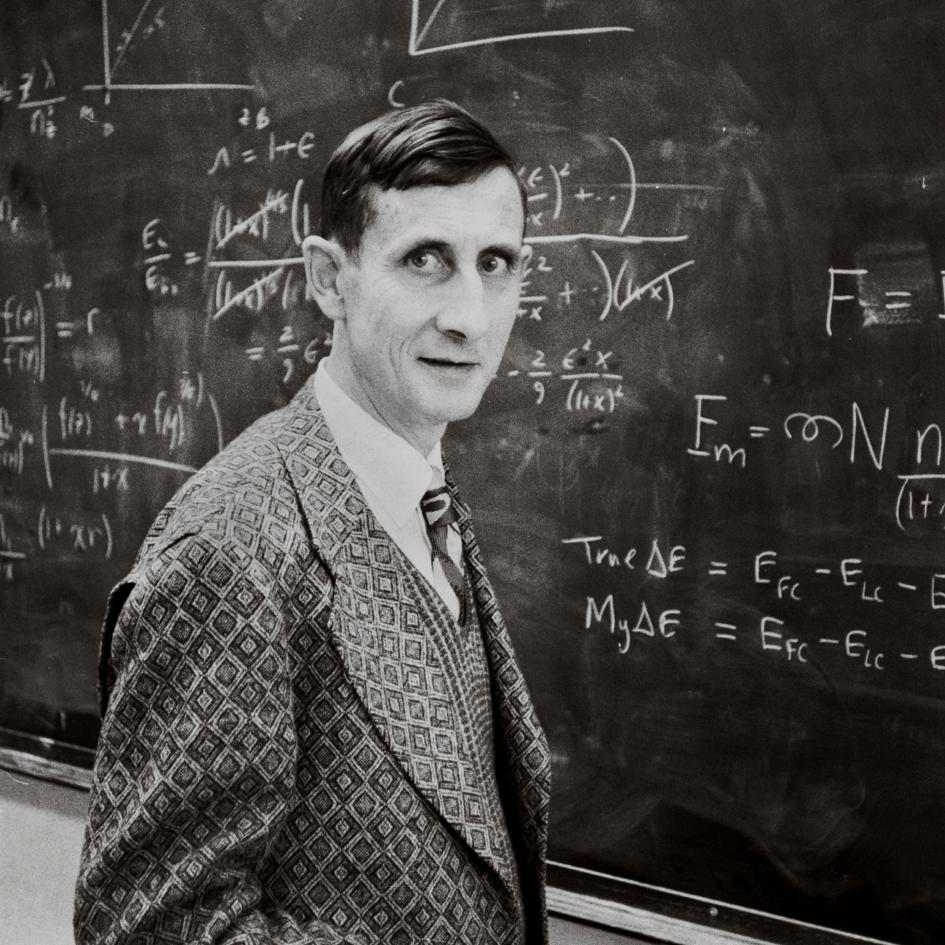Day 6 of students learning future jobs skills@ Ogba Educational Clinic.
I think I can speak for us older folks on this…YAY!
AgeX converts the cells of deceased 114-year-old into young pluripotent stem cells; evidence of telomere aging reversal in a supercentenarian’s cells.
Black holes are one of the most mysterious objects astronomer have encountered so far. And a new study proposes that black are nothing but just a holographic projection, with a new calculation of the entropy — or also known as disorder. These calculations suggest that these giant enigmas of the Universe being nothing but an optical illusion. Holograph hypothesis was first proposed by physicist Leonard Susskind back in the 1990s, according to this theory, mathematically speaking, the Universe requires just two dimensions — not three — for the laws of physics and gravity to work as they really should.
Summary: Vimentin, a cellular filament, helps neural stem cells to clear damaged and clumped proteins, assisting in neurogenesis.
Source: University of Wisconsin Madison
New research by University of Wisconsin-Madison scientists reveals how a cellular filament helps neural stem cells clear damaged and clumped proteins, an important step in eventually producing new neurons. The work provides a new cellular target for interventions that could boost neuron production when it’s needed most, such as after brain injuries. And because clumping proteins are a hallmark of many neurodegenerative diseases, like Alzheimer’s, the new study could provide insight into how these toxic proteins can be cleared away. Assistant Professor of Neuroscience Darcie Moore led the work with her graduate student Christopher Morrow. Their study is available online in the journal Cell Stem Cell.
If planes were as reliable as in-flight Wi-Fi, we’d never get on a flight again. Fortunately, industry group Seamless Air Alliance is working to change that. The group operates under the mission of bringing “industries and technologies together to make the in-flight internet experience simple to access and delightful to use.” Its idea? To get rid of the toxic brew of current proprietary systems operated by each airline and instead establish a standard for in-flight Wi-Fi that can be flexibly swapped in and out to better allow airlines to respond as technology improves.
“The goal of the Alliance is to deliver high-speed, low-latency 5G quality access inside the plane,” the FAQ section of the group’s website states. “Access to the network will be seamless, meaning any enabled user device will work without any login, sign-on or other activities. The internet experience itself will be as good as, and in many cases better than, the home experience, including low latency, high speed, and a gate-to-gate continuity of service.”
An article for IEEE Spectrum notes that “a plane’s antennas are currently stored in a relatively small hump on the top of the craft, typically about 45 centimeters high. Even though it’s so small, that hump causes tremendous amounts of wasted jet fuel, [Seamless Air Alliance CEO Jack] Mandala says, causing an estimated minimum of an extra $75,000 per aircraft per year in fuel costs.”
In China, drivers became folk heroes — will the same happen in the US?
Dyson helped create modern particle physics, criticized nuclear weapons tests, and imagined how civilizations could take to the stars.
How is it that an eagle can snatch a rabbit off the ground from hundreds of feet in the air and we can not even grab a glass off a table without knocking it over? It’s because they see the world differently from us.
